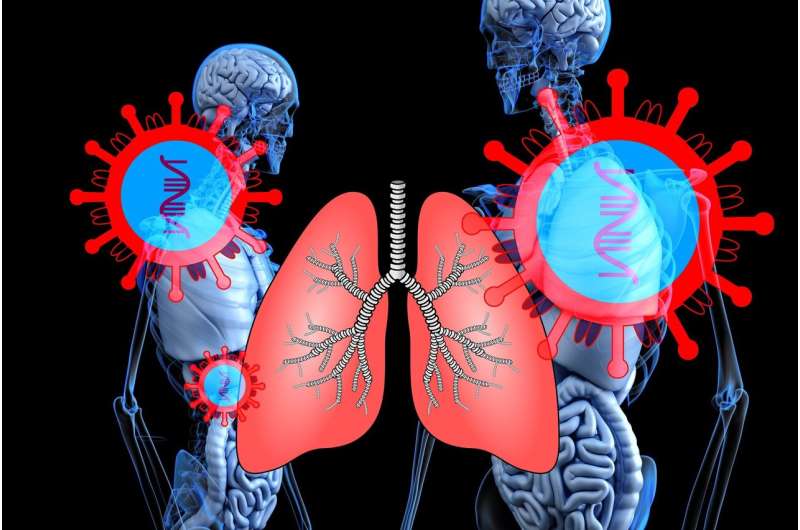Innovative Insights into Brain Navigation: How Theta Waves and Place Cells Integrate External and Internal Cues

New research reveals how theta oscillations and place cells in the hippocampus integrate external landmarks and self-motion cues to facilitate spatial navigation and memory formation. Read how these findings deepen our understanding of neural processes and potential implications for Alzheimer's disease.
Researchers are shedding new light on the neural mechanisms underlying spatial navigation, focusing on the role of theta oscillations and place cells within the hippocampus. Place cells are specialized neurons that activate when an animal is in a specific location, forming the foundation of the brain’s mental map of its environment. Traditionally, it was understood that these cells fired in sync with theta rhythms—brain waves oscillating between 7 and 9 Hz in rats—that organize their activity.
Recent experiments conducted by scientists at Johns Hopkins University have provided compelling evidence that the activity of place cells and their associated theta phase coding are influenced by both external (allothetic) cues, such as visual landmarks, and internal (idiothetic) cues, like self-motion signals. This research builds on decades-old theories suggesting that the hippocampus employs different phases of the theta cycle for prediction and encoding of spatial information.
To investigate how these cues interact, scientists used the Dome, a planetarium-style virtual reality system that allows rats to experience environments where external landmarks can be manipulated independently of the animal’s movements. By controlling visual cues and tracking neural activity through microelectrodes, the team observed how place cell firing patterns adapt to changes in external and self-motion cues.
A key discovery was that two components of the theta phase code—phase precession and procession—are differentially governed by these spatial cues. Phase precession, which predicts future locations, remained consistent regardless of virtual movement matching physical movement. In contrast, phase procession, which replays previous locations, disappeared when virtual and real-world movements did not align, indicating reliance on accurate self-motion cues.
These findings support a longstanding theory proposing that the hippocampus oscillates between prediction and encoding modes at a cycle of approximately 125 milliseconds. Both external landmarks and self-motion information feed into these processes, suggesting a highly integrated system for spatial navigation.
Understanding how the brain combines these cues not only advances our knowledge of neural basis for spatial memory and navigation but also has implications for artificial intelligence, robotics, and understanding memory impairments such as those seen in Alzheimer's disease. Since the hippocampus is critical for storing everyday memories, insights from this research could guide future strategies to mitigate navigational and memory difficulties in neurodegenerative conditions.
This work was conducted in collaboration with engineering experts at Johns Hopkins University led by Noah Cowan, aiming to uncover computational principles behind navigation that could inform both biological understanding and technological applications.
Stay Updated with Mia's Feed
Get the latest health & wellness insights delivered straight to your inbox.
Related Articles
Using Digital Screening in Primary Care Promises Earlier Detection and Management of Dementia
Digital cognitive assessments during primary care visits show promise in detecting dementia early, enabling timely intervention and improved patient outcomes.
Initiatives to Eliminate Race-Based Bias in Lung Function Testing
Efforts are intensifying to remove race-based adjustments from lung function testing, aiming for fairer and more accurate pulmonary assessments based on environmental and social factors. leading to updates in medical guidelines and disability evaluations.
Older Adults in Japanese New Towns Rely on Local Health and Amenity Facilities
Research in Japan shows that older adults in traditional New Towns rely heavily on local health and amenity facilities, supporting independent and community-centered aging.
The Role of Gut Bacteria in Maintaining Digestive System Balance
Emerging research reveals that gut bacteria like Fusobacterium varium and Faecalibacterium prausnitzii interact to maintain microbial balance, influencing digestive health.



